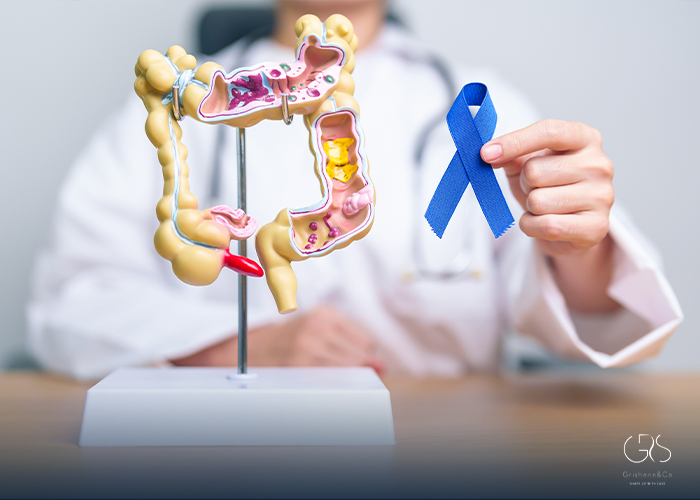Bone cancer is a rare type of cancer that begins in the bones. While it accounts for less than 1% of all cancer cases, it is important to be aware of the signs and symptoms for early detection and treatment. In this article, we will explore the most common signs of bone cancer, consider relevant statistics, and present diverse perspectives on this topic.
Signs and Symptoms of Bone Cancer
Bone cancer can manifest in various signs and symptoms, often resembling other bone conditions or injuries. The following are some of the most common signs indicative of bone cancer:
- Pain: One of the earliest and most common symptoms of bone cancer is persistent bone pain. This pain can intensify at night or with activity, and may not be alleviated by rest or over-the-counter pain medications.

- Swelling and Tenderness: The affected area may show signs of swelling and tenderness, particularly if a tumor is present.
- Weakened Bones: Bone cancer can weaken the affected bone, making it more susceptible to fractures and breaks.
- Unexplained Weight Loss: In some cases, bone cancer can lead to unexplained weight loss and fatigue as the body fights the cancerous cells.

- Reduced Range of Motion: If the bone cancer is near a joint, there may be a noticeable reduction in the range of motion and mobility in that joint.
- Limping or Difficulty Walking: When bone cancer affects the leg bones, it can cause limping or difficulty in walking.

- Other General Symptoms: Fever, chills, and night sweats could also be present, indicating the body’s immune response to the cancer.
It is important to note that these signs and symptoms can vary depending on the location and the stage of bone cancer. Consulting with a medical professional for a thorough evaluation is crucial for accurate diagnosis and treatment.
Statistics on Bone Cancer
Understanding the prevalence and impact of bone cancer is valuable in assessing the scope of the issue. According to the American Cancer Society, an estimated 3,610 new cases of bone and joint cancer will be diagnosed in 2021 in the United States, with about 2,200 being malignant. Furthermore, the 5-year survival rate for localized bone and joint cancer is approximately 73%, while the rate drops to 29% if the cancer has spread to distant areas.
Globally, bone cancer is relatively rare, accounting for less than 0.2% of all cancer cases. It affects individuals of all ages, but is most common in children and young adults. These statistics underscore the importance of early detection and timely intervention in improving patient outcomes.
Diverse Perspectives
Considering diverse perspectives on bone cancer can provide insights into the experiences and challenges faced by individuals affected by the disease. Here are some perspectives to consider:
- Patient Perspective: Individuals diagnosed with bone cancer may experience a range of emotions, from fear and uncertainty to hope and determination. Understanding the patient’s perspective can shed light on the psychological and emotional impact of the disease.
- Medical Perspective: Oncologists, orthopedic surgeons, and other healthcare professionals play a crucial role in diagnosing and treating bone cancer. Their perspective can offer insights into the complexities of managing bone cancer, including the latest advances in treatment options and care protocols.
- Caregiver Perspective: Family members and caregivers of bone cancer patients often face challenges in providing support and care. Their perspective can highlight the need for holistic support systems and resources for both patients and caregivers.
Conclusion
Recognizing the signs of bone cancer, understanding relevant statistics, and considering diverse perspectives are integral in raising awareness and fostering a deeper understanding of this condition. By being vigilant about the signs and symptoms, seeking timely medical attention, and supporting those affected by bone cancer, we can contribute to improving outcomes and quality of life for individuals dealing with this rare form of cancer.
Sources
- American Cancer Society, Key Statistics for Bone Cancer
- mayoclinic, Bone cancer













